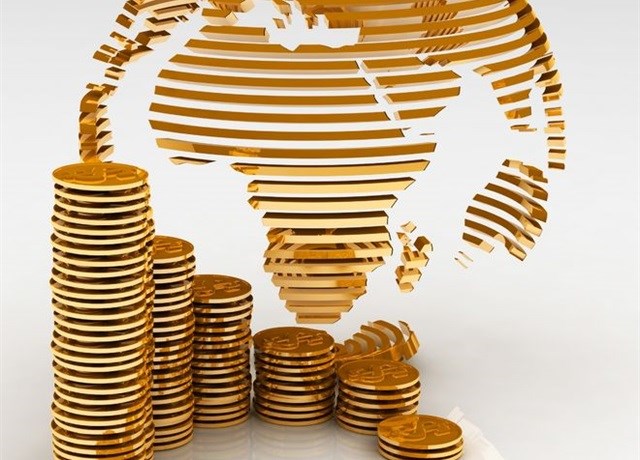Multispeed growth in Africa likely to change foreign direct investment

Outside of these three economies, a number of bright spots remain, particularly in the East, Francophone and North African regions, where growth rates of 4% and above are still being achieved.
- In 1H16, greenfield FDI projects in Africa were down 13.4%, but capital flows up 30% on 1H15 levels.
- North Africa’s recovery in foreign direct investment (FDI) flows continues.
- Asia-Pacific investors become more prominent, led by China and Japan.
With the upshot of ‘multispeed’ growth and more discerning investors, a greater degree of unpredictability in FDI flows can be expected. It remains likely that there will be a relative slowdown in investment in SSA over the next 18 months, as investors adjust their investment strategies. This is apparent to some extent in the relatively slower FDI activity in the first half of 2016. There will also likely be shifts in FDI towards the countries that are continuing to grow robustly.
Lower FDI projects in 1H16, but capital and jobs continue growing
In 1H16, greenfield FDI projects in Africa were down 13.4% on 1H15 levels. However, the capital value of total investments across the continent rose 30%, with the average capital investment per project increasing from US97m to US$145m in 1H16. Similarly, job creation in Africa resulting from FDI projects was also up, rising 12.6% from 1H15 levels. This translates into a strong uptick in jobs created per FDI project, from an average165 in 1H15 to 214 jobs in 1H16. These capital- and job-intensive projects were largely directed toward two sectors: transport & logistics and RHC (real estate, hospitality and construction).
Michael Lalor, Africa Business Centre Leader at EY says, “Investor sentiment towards Africa as an attractive investment destination is likely to remain somewhat softer over the next few years. This has far less to do with Africa’s fundamentals than it does with a world characterised by heightened geo-political uncertainty and greater risk aversion. Companies already doing business in Africa will continue to invest, but will probably exercise a greater degree of caution and be more discerning. Some will invest at a slower pace, looking to consolidate operations and drive profitability; while others are likely to double down on their investments, using this period of economic slowdown to further strengthen their positioning in key markets.”
North Africa’s recovery in FDI flows continues
Within North Africa, Egypt remains the largest investment destination, posting a 32.4% increase in FDI projects over 1H15. Egypt’s FDI accounts for a 43% share of the sub-region’s capital investment. During this period, there was notable growth in investment into two sectors, namely business services and RHC. Recent initiatives to allow the currency to float freely (rather than be managed by the central bank) will likely trigger greater investment. In addition, the policy change promises to attract new investments, as the practical realities of foreign exchange shortages disappear, enabling a more business friendly environment.
Asia-Pacific investors become more prominent, led by China and Japan
There has been a surge in investment from Asia-Pacific, with the region becoming the second largest - when measured by FDI projects, capital and job creation.
Chinese-sourced FDI into Africa saw a dramatic increase in 1H16 compared to 1H15. FDI projects were up a remarkable 209%, making China the third biggest investor in the continent. In fact, both capital investment and jobs created in 1H16 surpassed those recorded in any year since 2005.
Overall, however, Western Europe remains the largest regional investor in Africa, contributing 35.1% of FDI projects and 17.8% of capital investment in 1H16. At a country level, the US retained its lead with 13.1% of total FDI projects, focused mostly in TMT (Telecoms, media & technology) and transport & logistics.
Brexit and the US election could impact Africa’s FDI in the short term
The second half of 2016 remains difficult for Africa, although there are signs that the worst of the economic downturn are over. The commodity cycle remains weak, and both the UK’s Brexit decision and the election of Donald Trump in the US have further contributed to uncertainty in investor sentiment. This could further impact FDI into Africa, particularly given the strong role both the US and UK already play, as major investors in Africa. Investors will likely adopt a more cautious approach as they wait for the implications of these events to take hold, and understand what this means for them.
Even so, Lalor concludes, by pointing out that “any shorter term shifts in FDI levels will be cyclical rather than structural. We anticipate that FDI will continue to evolve, increasing diversification in terms of sources, destinations and sectors. Over the longer-term, as economic recovery gradually gathers pace, and as many African economies move through the maturity cycle, we anticipate that levels of FDI will remain robust and will continue to grow”.








